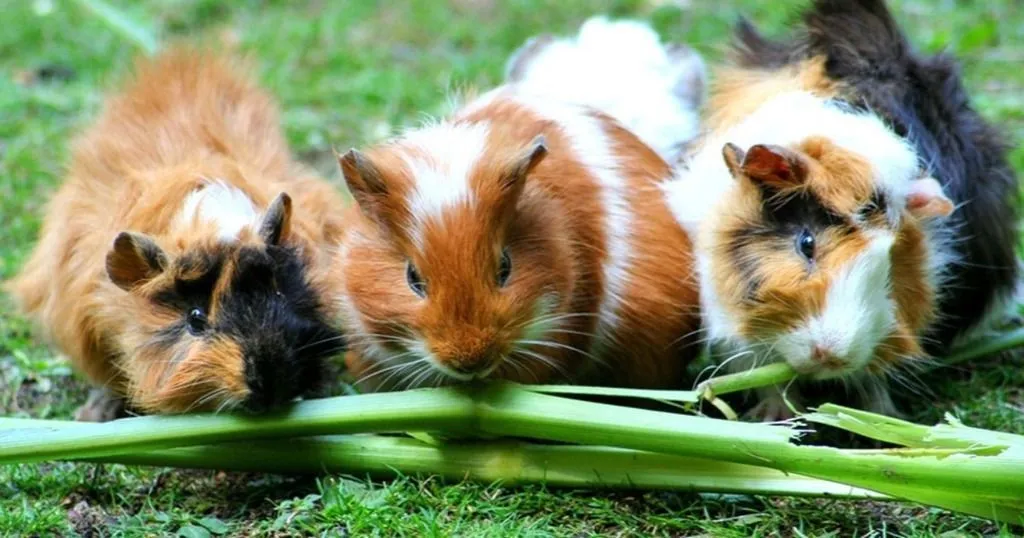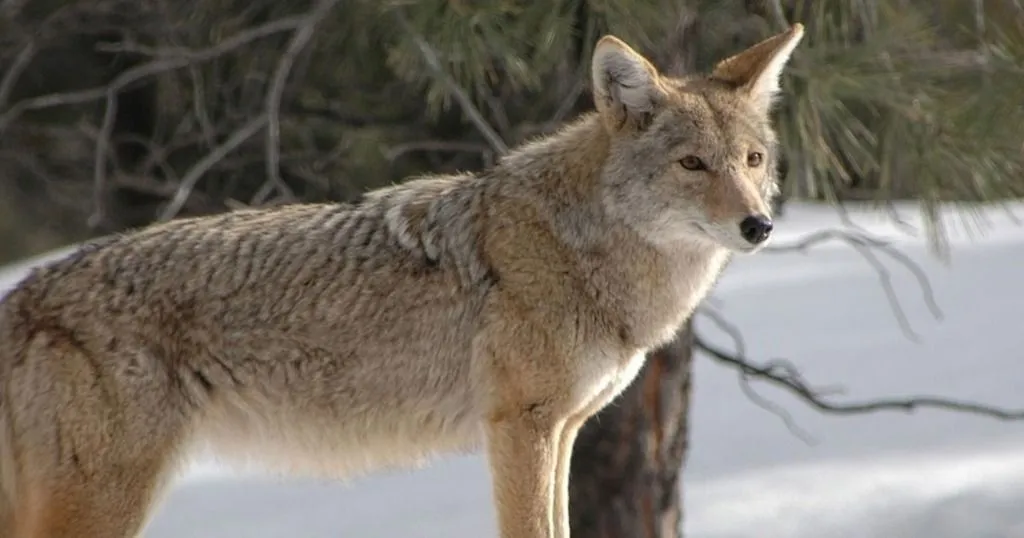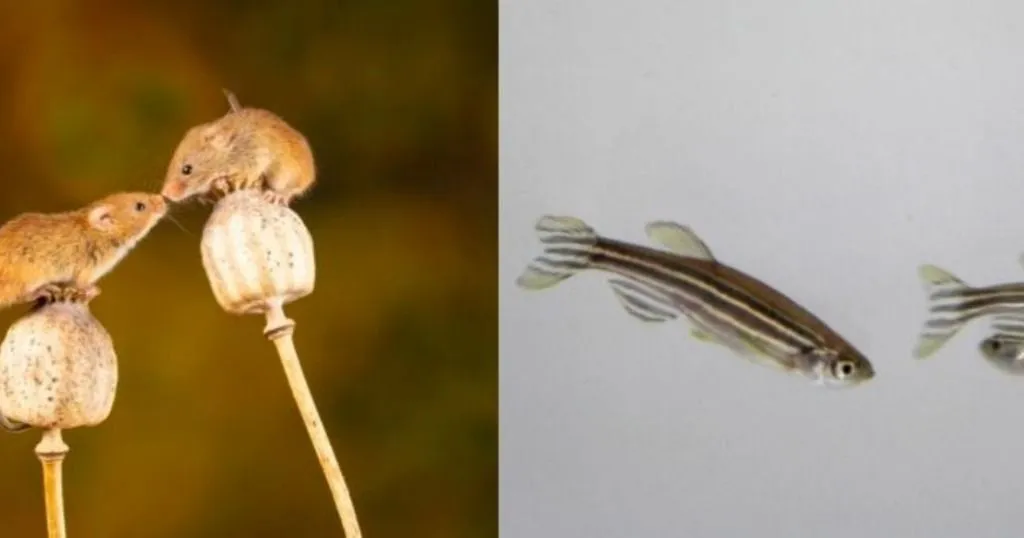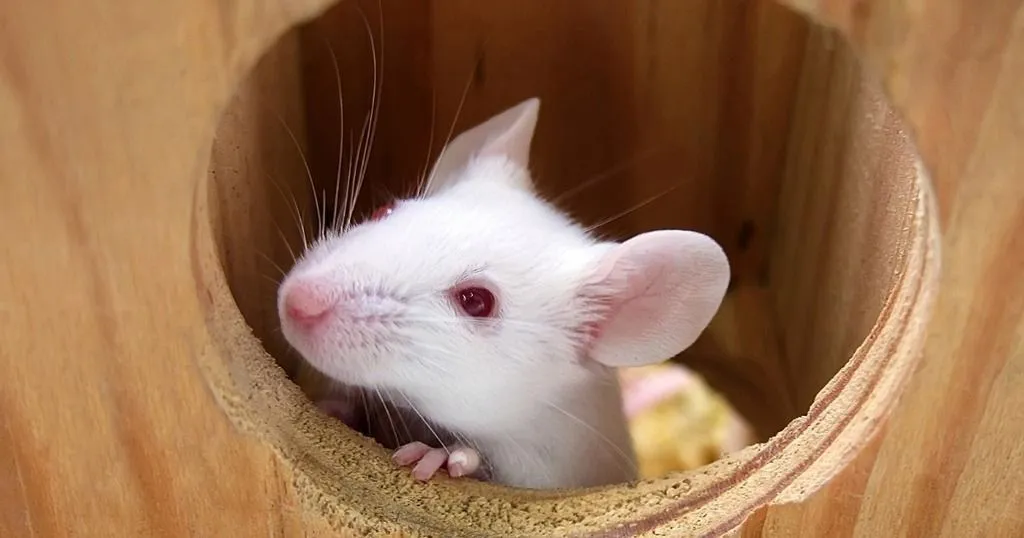How wild cavies and domesticated guinea pigs differ
Domestication has a considerable effect on the behavior of animals. The dramatic change in their environment and provision of food alter the need for behaviors such as exploration. But what exactly is the difference?
Posted by
Published on
Tue 05 Aug. 2014
Topics
| Guinea Pigs | Social Behavior Research | Stress | The Observer XT |

Domestication has a considerable effect on the behavior of animals, which is not very surprising. The dramatic change in their environment and provision of food and shelter alter the need for behaviors such as exploration and social behaviors. But what exactly is the difference?
Domesticated vs wild animals
Not many studies have compared the behaviors of wild and domesticated animals. When they do, such as with guinea pigs, they mostly compare adults.
Zipser et al. were curious to find out whether the differences in behavior between domesticated guinea pigs and the wild cavies were also found earlier on, and so they compared these species during the early and late phase of adolescence. They compared 10 male guinea pigs to 8 wild cavies.
All tests were done twice: during each phase of adolescence, and recorded on video. Behavior was measured and analyzed using The Observer XT.
Emotional guinea pigs
Emotionality of the animals was investigated using a variety of tests. In the open field test, time spent in the center (1/4th of the total surface) versus the border of the cage was measured.
During a dark-light test, the animal was placed in a dark box and had the opportunity to explore a light area. The latency to leave the dark box and the number of times it entered the light area were recorded.
Next, to assess risk-taking, the animal was placed on a platform and the latency to step down was measured.
Exploration and anxiety
The wild cavies showed explorative and anxiety-like behavior less than the guinea pigs did, especially during early adolescence. They also showed more risk-taking, but only during late adolescence.
Over the course of adolescence, exploration decreased in both species. Evolutionarily, risk-taking and exploration are important in order to obtain water, food, shelter, and mates.
Obviously, these are less of an issue in guinea pigs. The decrease in exploration and risk-taking as seen in guinea pigs can thus very well be a consequence of removal of this selection pressure.
Social behavior
Next, social behavior was measured.
To investigate the general motivation of an animal to initiate social contact, the animals were exposed to an unfamiliar male infant that was put in a small cage. The test enclosure also included an empty cage. The latency to approach and the time spent near the infant was compared the same parameters related to the empty cage.
The male subjects were also exposed to unrestricted social contact with unfamiliar females, during which courtship behaviors were recorded.
Social attraction
The guinea pigs and the cavies took the same time approaching the unfamiliar subjects in both the infant and the female interaction test, during both phases of adolescence. Both were more interested the social stimulus than the empty cage.
However, there was a substantial difference in the amount of social interaction: guinea pigs showed more interest in both the infant and the female adolescents. This is in line with the literature; domesticated animals show higher degrees of agreeableness and sexual behavior and lower levels of aggression.
Consequences of domestication
This is a logical consequence of the domestication process: the first breeders selected for the least aggressive cavies so they would reproduce easily and could be kept in large groups.
Stress levels
Stress reactivity was investigated by taking blood samples at the beginning and at each hour of a 4-hour novel environment experiment. In these five samples, both cortisol and testosterone levels were measured.
The endocrine profiles differed markedly between the two species. While baseline levels of cortisol were similar, the increase during the novel environment test was much higher in cavies during both early and late adolescence testing.
Physiological adaptations
Evolutionarily, wild cavies require appropriate physiological adaptations to provide the necessary energy quickly when the situation calls for it - this is the main function of the stress system.
So the high reactivity of the stress axis as found in the wild cavies does not necessarily have a detrimental effect on the animal. Rather it provides the energy necessary to adapt to their demanding life in the wild. Contrasting, guinea pigs have a much less demanding everyday life.
Testosterone and cortisol
Testosterone levels were higher in guinea pigs, which seems a logical cause of the increase in social behavior. Indeed, this correlation is often found in literature.
Testosterone levels also organize the reactivity of the cortisol system, and acute cortisol reactivity can trigger aggression. So the lower amount of agonistic behavior found in guinea pigs compared to cavies is in agreement with their behavioral profiles.
Biobehavioral differences
Not surprisingly, this research confirms the differences in behavior that domestication causes.
More importantly, these changes were already found in early adolescence, showing that young individuals already show behavior that reflects the adaptation to the made-man habitat.
References
Read the full article here:
Zipser, B.; Schleking, A.; Kaiser, S.; Sachser, N. (2014). Effects of domestication of biobehavioural profiles: a comparison of domestic guinea pigs and wild cavies from early to late adolescence.Frontiers in Zoology, 11, 30.
For more information about scoring behaviors with The Observer XT, click here.
Related Posts

Determining the effect of social hierarchy on foraging in coyotes

The social interaction test: effortless and dependable with EthoVision XT

